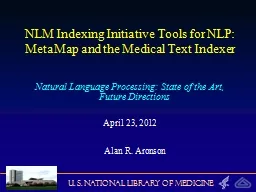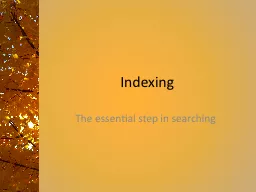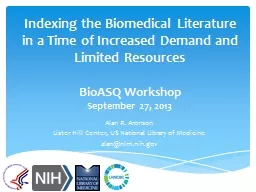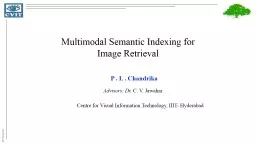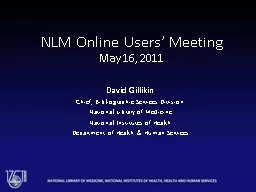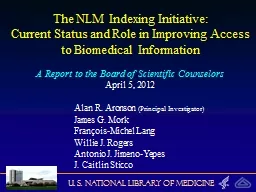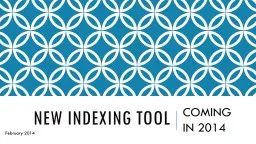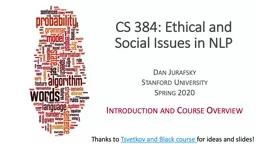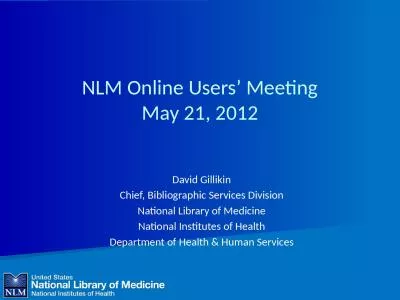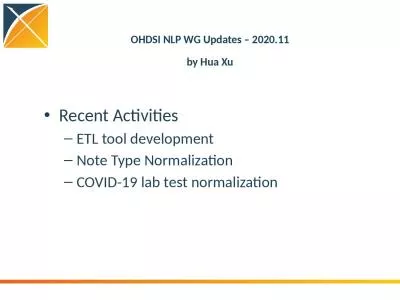PPT-NLM Indexing Initiative Tools for NLP:
Author : conchita-marotz | Published Date : 2018-11-02
MetaMap and the Medical Text Indexer Natural Language Processing State of the Art Future Directions April 23 2012 Alan R Aronson Outline Introduction MetaMap Overview
Presentation Embed Code
Download Presentation
Download Presentation The PPT/PDF document "NLM Indexing Initiative Tools for NLP:" is the property of its rightful owner. Permission is granted to download and print the materials on this website for personal, non-commercial use only, and to display it on your personal computer provided you do not modify the materials and that you retain all copyright notices contained in the materials. By downloading content from our website, you accept the terms of this agreement.
NLM Indexing Initiative Tools for NLP:: Transcript
Download Rules Of Document
"NLM Indexing Initiative Tools for NLP:"The content belongs to its owner. You may download and print it for personal use, without modification, and keep all copyright notices. By downloading, you agree to these terms.
Related Documents

